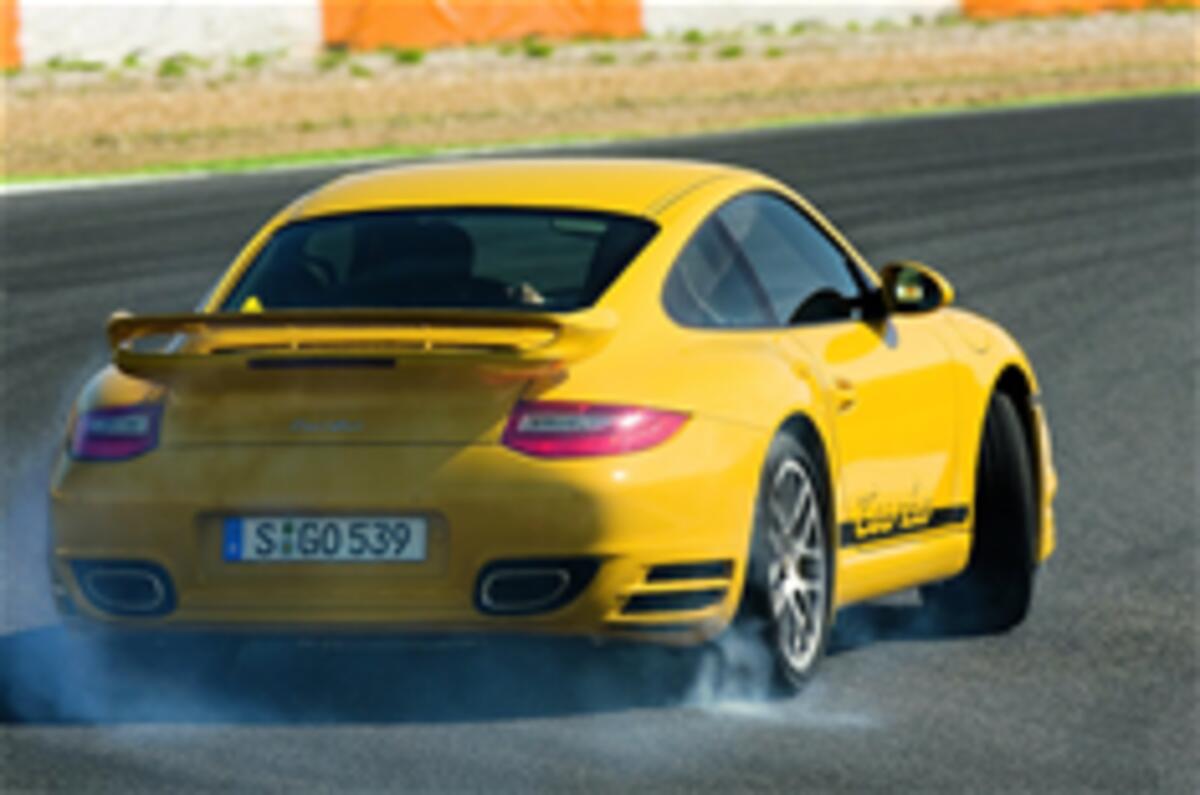The Tokyo show in October was a sober affair. An agreement between the Japanese manufacturers kept razzmatazz to a minimum and there was only token interest from foreign brands; just Lotus, Caterham and Alpina turned up.
Still, there were new cars to enjoy. Toyota showed the FT-86 concept, in effect its version of a small rear-drive coupé that will be developed with Subaru. Honda revealed an almost production-ready version of the CR-Z, a hybrid coupé that’s due in British showrooms by April. Nissan focused on electric vehicles, including the radical Land Glider tandem, and Mitsubishi hinted at a plug-in Outlander that could return 140mpg.
Back in Europe, PSA boss Jean-Marc Gales spoke out about his plans to separate the DNA of Citroën and Peugeot – and how Peugeot needs to improve its styling. “We still have work to do with Peugeot,” he said.
This was a month when the intricate workings of some of the car industry’s biggest deals finally emerged. Fiat revealed that, following its reorganisation of Chrysler, the brand was to merge with Lancia, allowing the two firms to develop future models together. And in Germany, new Porsche boss Michael Macht outlined plans to share resources and platforms with new owner VW.
It wasn’t a great month for British car manufacturing. MG Motor shut its Longbridge factory for six months, blaming poor sales and winter for the decision. McLaren sources admitted that planning permission delays could stop it from readying its Woking production facility in time for the forthcoming MP4-12C (at least it has a plan B). And while Jaguar Land Rover boss David Smith said the firm is looking to expand production, he admitted the new lines were likely to be in China or India.
On the road, Lexus’s LFA left us stunned by its performance and £340,000 price. Porsche’s latest-generation 911 Turbo was driven the same week. “Unless you drive it very hard indeed, you probably wouldn’t be able to tell whether the new Turbo is rear or mid-engined,” reckoned Steve Sutcliffe.
In a keenly awaited twin test, Renaultsport’s latest creation, the Mégane 250, gave the all-conquering Ford Focus RS a proper scare in Spain. Sutters proclaimed that while it wasn’t quite as fast, the new car’s dynamic abilities could “make the Focus feel a touch cack-handed”.
At opposite ends of the environmental spectrum, Honda’s hydrogen fuel cell-powered FCX Clarity left us impressed and the Porsche Panamera met two of its key rivals, the BMW 760Li and Maserati Quattroporte Sport GTS. The BMW came close to an upset but, in the end, Sutters gave the nod to the Panamera: “It’s a quite wonderful machine to drive, even if it is ultimately a folly."





Add your comment